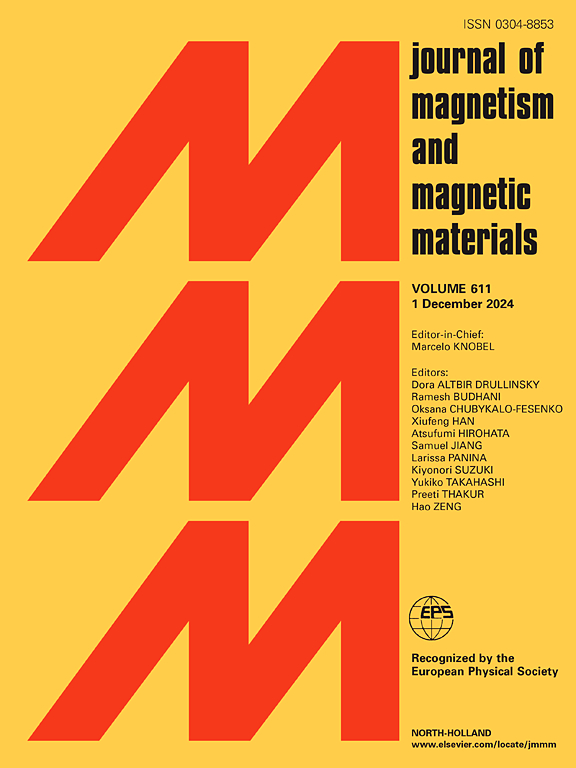Magnetic particle dispersion in magnetorheological slurries for planarization enhancement
IF 2.5
3区 材料科学
Q3 MATERIALS SCIENCE, MULTIDISCIPLINARY
引用次数: 0
Abstract
This study investigates the application of an innovative magnetorheological (MR) slurry in chemical mechanical planarization (CMP), addressing challenges in precision, environmental sustainability, and adaptability to complex interconnect architectures faced by conventional CMP slurries. The MR slurry, composed of carbonyl iron particles (CI) and abrasive particles dispersed in an aqueous medium, achieves real-time control via magnetic field manipulation. Experimental results demonstrate that ammonium polyacrylic acid (PAA-NH4) significantly improves the dispersion of both large and small CI particles, enhancing their alignment under an applied magnetic field. Rheological measurements, supported by finite element simulations, reveal that smaller, well-dispersed CI particles align more efficiently, forming closely packed and robust chain structures. This results in uniform magnetic brushes with improved coverage of the polishing surface, enabling a gentler, more efficient polishing process. Dispersed MR slurries achieve higher material removal rates (MRR) and better surface flatness, with smaller CI particles proving particularly effective due to their superior magnetization and stress application capabilities. These findings demonstrate the potential of MR slurries to deliver precise and efficient planarization in advanced applications.

求助全文
约1分钟内获得全文
求助全文
来源期刊

Journal of Magnetism and Magnetic Materials
物理-材料科学:综合
CiteScore
5.30
自引率
11.10%
发文量
1149
审稿时长
59 days
期刊介绍:
The Journal of Magnetism and Magnetic Materials provides an important forum for the disclosure and discussion of original contributions covering the whole spectrum of topics, from basic magnetism to the technology and applications of magnetic materials. The journal encourages greater interaction between the basic and applied sub-disciplines of magnetism with comprehensive review articles, in addition to full-length contributions. In addition, other categories of contributions are welcome, including Critical Focused issues, Current Perspectives and Outreach to the General Public.
Main Categories:
Full-length articles:
Technically original research documents that report results of value to the communities that comprise the journal audience. The link between chemical, structural and microstructural properties on the one hand and magnetic properties on the other hand are encouraged.
In addition to general topics covering all areas of magnetism and magnetic materials, the full-length articles also include three sub-sections, focusing on Nanomagnetism, Spintronics and Applications.
The sub-section on Nanomagnetism contains articles on magnetic nanoparticles, nanowires, thin films, 2D materials and other nanoscale magnetic materials and their applications.
The sub-section on Spintronics contains articles on magnetoresistance, magnetoimpedance, magneto-optical phenomena, Micro-Electro-Mechanical Systems (MEMS), and other topics related to spin current control and magneto-transport phenomena. The sub-section on Applications display papers that focus on applications of magnetic materials. The applications need to show a connection to magnetism.
Review articles:
Review articles organize, clarify, and summarize existing major works in the areas covered by the Journal and provide comprehensive citations to the full spectrum of relevant literature.
 求助内容:
求助内容: 应助结果提醒方式:
应助结果提醒方式:


